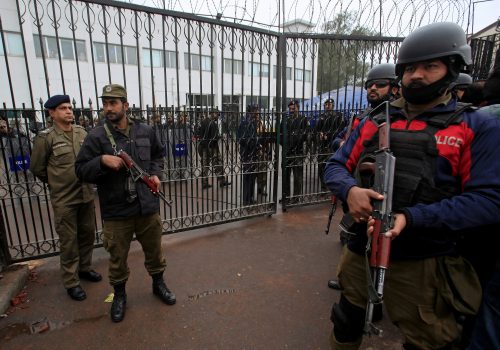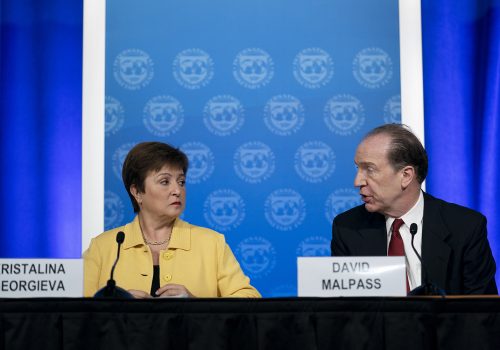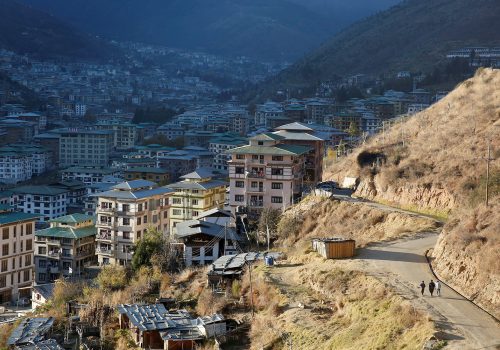Evolving news media landscapes in India and Pakistan: Implications for regional peace and stability
Executive summary
India and Pakistan recognize the utility of the press in contemporary conflicts, and seek to deploy it as an offensive weapon in a larger information war. Both countries have utilized digital, print, and broadcast media to shape international perceptions and public opinion domestically. With every new border skirmish, New Delhi and Islamabad ramp up a nationalist narrative, with news media outlets and journalists riling up jingoistic fervor with every newscast. Understanding India and Pakistan’s laws and policies regarding mass media explains today’s government-media nexus.
Between 2018 and 2020, the region witnessed a surge in violations of press freedom. High levels of threats, intimidation, and attacks on journalists and their media outlets have led to both India and Pakistan languishing at the bottom of the 2020 Press Freedom Index.1 This report is a culmination of a two-year effort to convene journalists from both India and Pakistan for cross-border exchanges and dialogue. Field interviews with journalists based in New Delhi, Mumbai, Islamabad, Karachi, and Lahore have helped generate the bulk of the findings we report here, including our analysis of their implications and our proposals for a path forward for news media in the region.
Our conversations centered on the news media’s role in diplomacy, examining the opportunities and challenges media narratives offer in shaping the national narratives. Journalists and civil-society actors emphasize the dangers of the current anti-press climate in both India and Pakistan, underscoring that heavy censorship and corporate buyouts have led to flawed media reports and the proliferation of incendiary misinformation. Historically, news media have played a major role in nation-building, foreign policy, and shaping the public narrative, often reflecting a frail freedom antagonized by laws that privilege narrow conceptions of national security and defense above all else. Curbs on these freedoms date back to the time of liberalization, as both India and Pakistan institutionalized a free, pluralistic press only to double down immediately on efforts to stifle its independence and integrity. This widening and tightening of rules and regulations, and the financial strangulation of local news outfits, has reconfigured the news media space, which is now characterized by pervasive distrust and deepening fragmentation in both countries.
This report, made possible by generous support from the Ploughshares Fund, sheds light on the critical implications that reconfiguring the media ecosystem has on India and Pakistan’s domestic politics and foreign policy, and the geopolitics of South Asia. A critical way forward is to rethink cross-border reporting with the aim to improve and uphold rigorous regional news coverage. However, a free and diverse news media can only be truly independent if the news media in both countries invest in reinventing their business models. Finally, political elements in both countries have worked to dehumanize the other side through planted narratives and agendas. Networks must invest in reversing this dangerous trend, and in rehumanizing the other side, in order to build more nuance and substance into the social fabric of their coverage of one another.

The South Asia Center is the hub for the Atlantic Council’s analysis of the political, social, geographical, and cultural diversity of the region. At the intersection of South Asia and its geopolitics, SAC cultivates dialogue to shape policy and forge ties between the region and the global community.
Related content
Image: Newspapers on a bicycle in India. Image by Deepak Girdher


